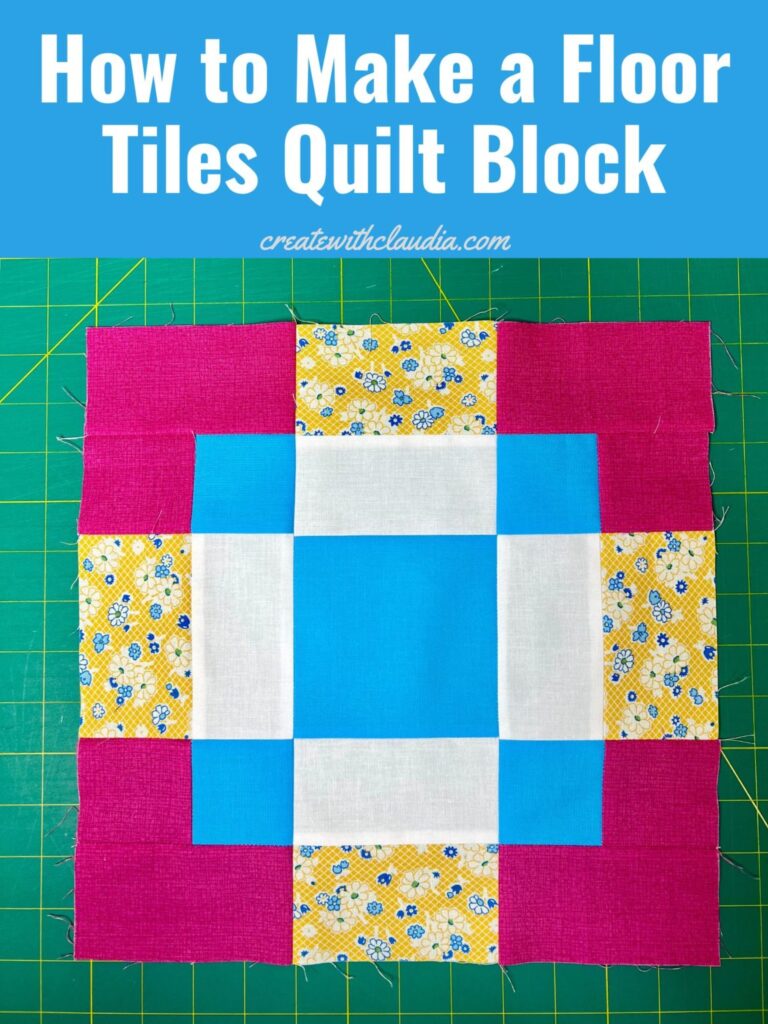Have you ever wondered what a quilt block is and how it can be used to create a beautiful quilt? Quilting is an art form that has been practiced for centuries, and the quilt block is the foundation of every quilt. In this article, we will explore what a quilt block is, how it is constructed, and how it can be used to create stunning quilts. We will also discuss the different types of quilt blocks, and how to choose the right block for your quilt. So come and uncover the magic of quilting with us, and learn what a quilt block is and how it can be used to create a beautiful quilt.
What is a Quilt Block?
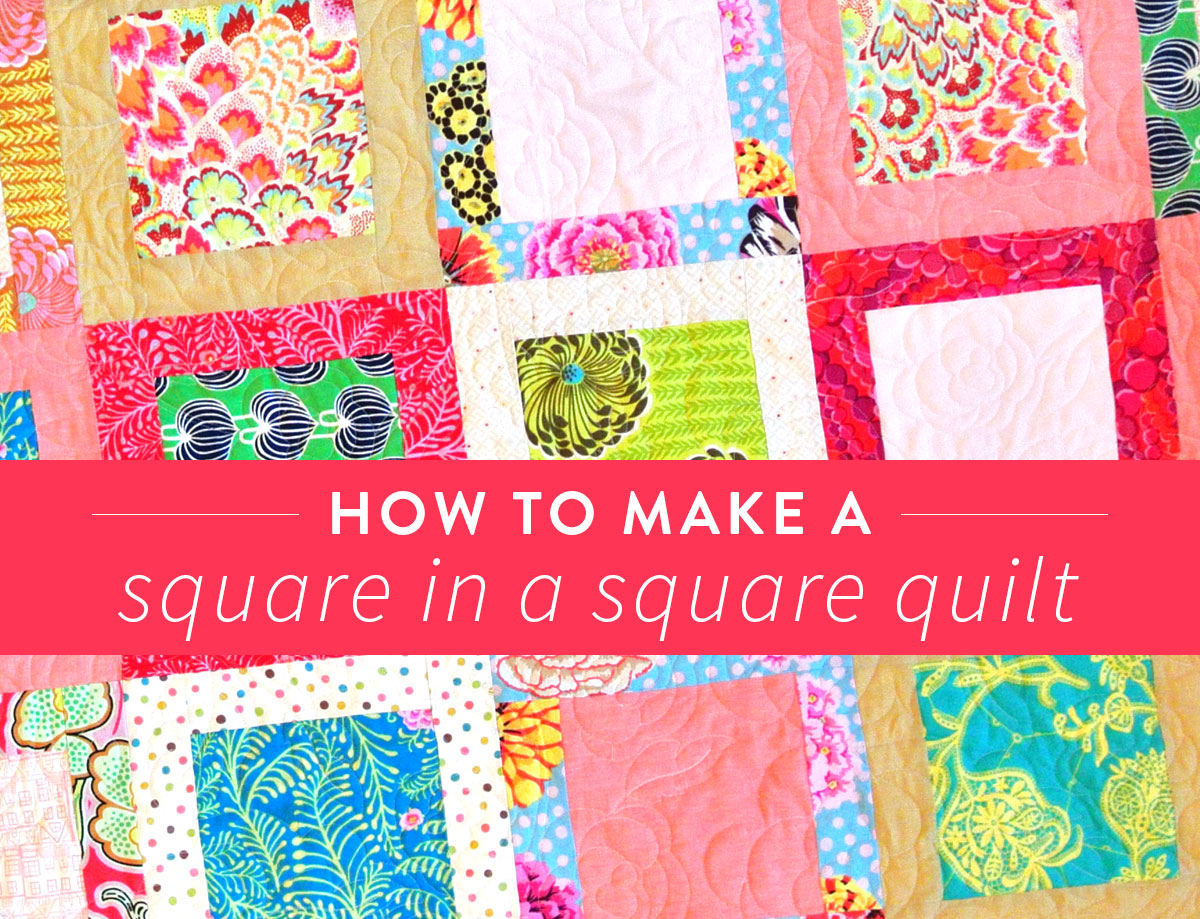
A quilt block is a patchwork of small pieces of fabric sewn together to create a larger design. Quilting is the craft of combining fabric pieces and other materials to create a quilted product, such as a quilt, quilt top, or quilt block. A quilt block is a single element of a quilt pattern, usually made up of four or more fabrics sewn together in a specific arrangement. Quilt blocks can be used to create a variety of quilt designs.
The most common quilt block is the “Nine Patch”, which is made up of nine squares. It is the basis for many quilt patterns. Other quilt blocks include the “Four Patch”, which is made from four squares, the “Rail Fence”, which is made from strips of fabric, and the “Log Cabin”, which is constructed using strips of fabric in a log cabin design. The fabric pieces in a quilt block are usually cut from a single fabric, but can also be pieced together from multiple fabrics.
Quilt blocks can be used to create a variety of quilt designs, including traditional quilt patterns such as the “Grandmother’s Flower Garden”, “Double Wedding Ring”, “Rail Fence”, and “Log Cabin”. Quilt blocks can also be used to create more modern designs, such as “String Quilts” and “Mosaic Quilts”. Quilt blocks can be sewn together to create a single quilt top, or they can be sewn together in different arrangements to create a unique quilt pattern.
Quilt blocks can also be referred to as “Quilt Squares”. A quilt square is a single element of a quilt pattern, usually made up of four or more fabrics sewn together in a specific arrangement. Quilt squares can be used to create a variety of quilt designs, including traditional quilt patterns such as the “Grandmother’s Flower Garden”, “Double Wedding Ring”, “Rail Fence”, and “Log Cabin”. They can also be used to create more modern designs, such as “String Quilts” and “Mosaic Quilts”.
Origins of Quilting
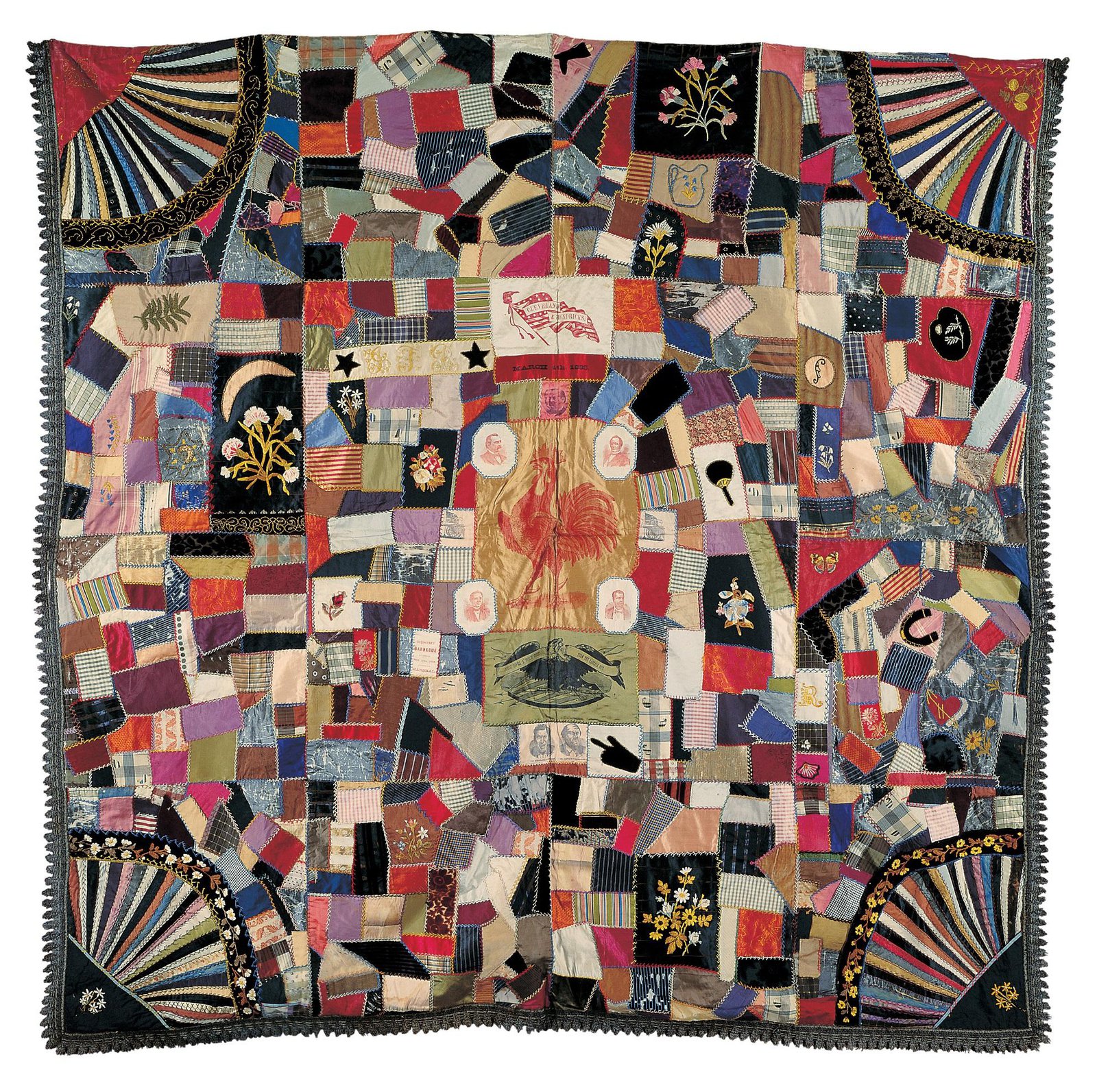
Quilting has a long and interesting history that dates back to the 11th century. It is believed to have been first practiced in Egypt, and later spread throughout Europe. Quilting was used as a way to keep warm during cold winters and was also used to embellish clothing and bedding.
- The earliest known quilted garments were found in Egypt and are believed to date back to the 11th century.
- Quilting spread across Europe and was used to adorn clothing and bedding for warmth in cold winters.
- In the 16th and 17th centuries, quilting began to be used as a way to express creativity and artistic design.
- In the 18th century, quilting was used to create intricate patchwork quilts, often with complex designs.
- In the 19th century, quilting became popular in the United States, and quilting bees were held to make quilts for the homestead.
- Quilting has since evolved into a popular craft, with quilters using different techniques, fabrics, and designs to create unique quilts.
Quilting is an ancient art form that has been practiced for centuries. It is a creative and practical way to express oneself and add a unique touch to any space. Quilting has come a long way since its early beginnings and is still a popular craft today.
Benefits of Quilting
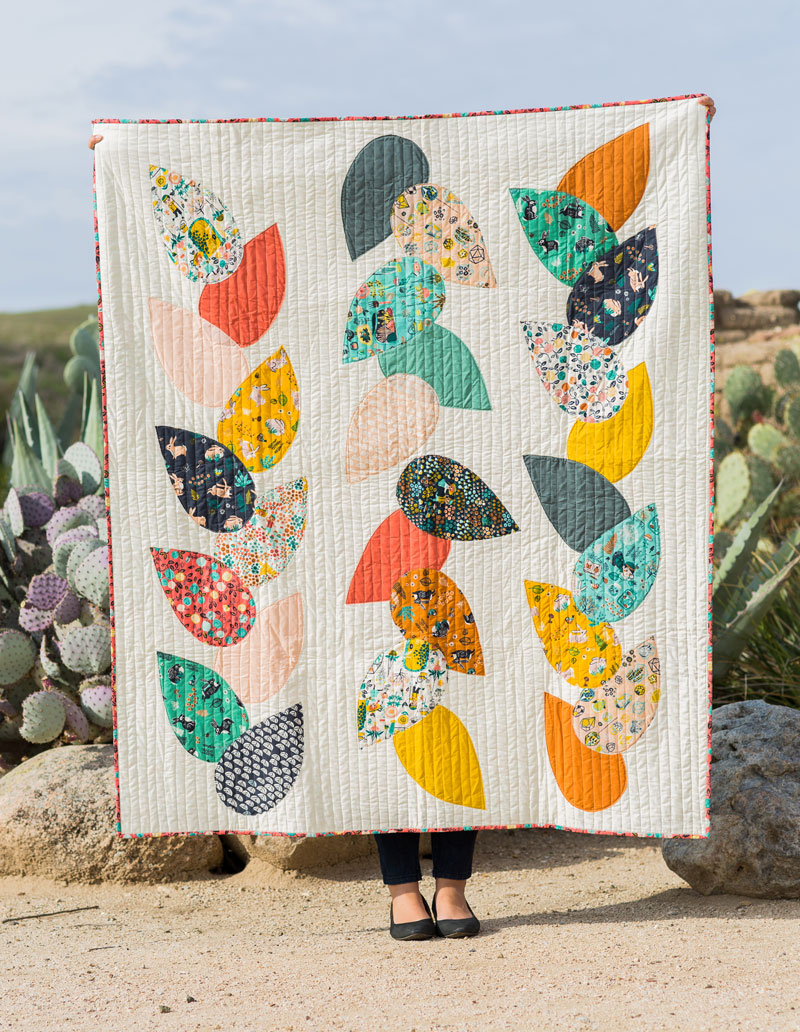
- Creativity: Quilting provides an outlet for creativity, allowing you to express yourself through the design and making of quilt blocks.
- Relaxation: Quilting is a great way to relax and reduce stress. The repetitive motion of cutting and stitching can be very calming and therapeutic.
- Community: Quilting can be a great way to connect with other quilters. There are many quilting groups and clubs available to join, and many of them organize regular events and workshops.
- Education: Quilting can be a great learning experience. You can learn about fabrics, color, design, and pattern-making, as well as the history of quilts.
- Therapy: Quilting can be used as a form of therapy to help with mental health issues, such as depression and anxiety.
- Fun: Quilting is a great way to spend time with family and friends. You can make quilts together or have a quilting bee.
Types of Quilting Patterns
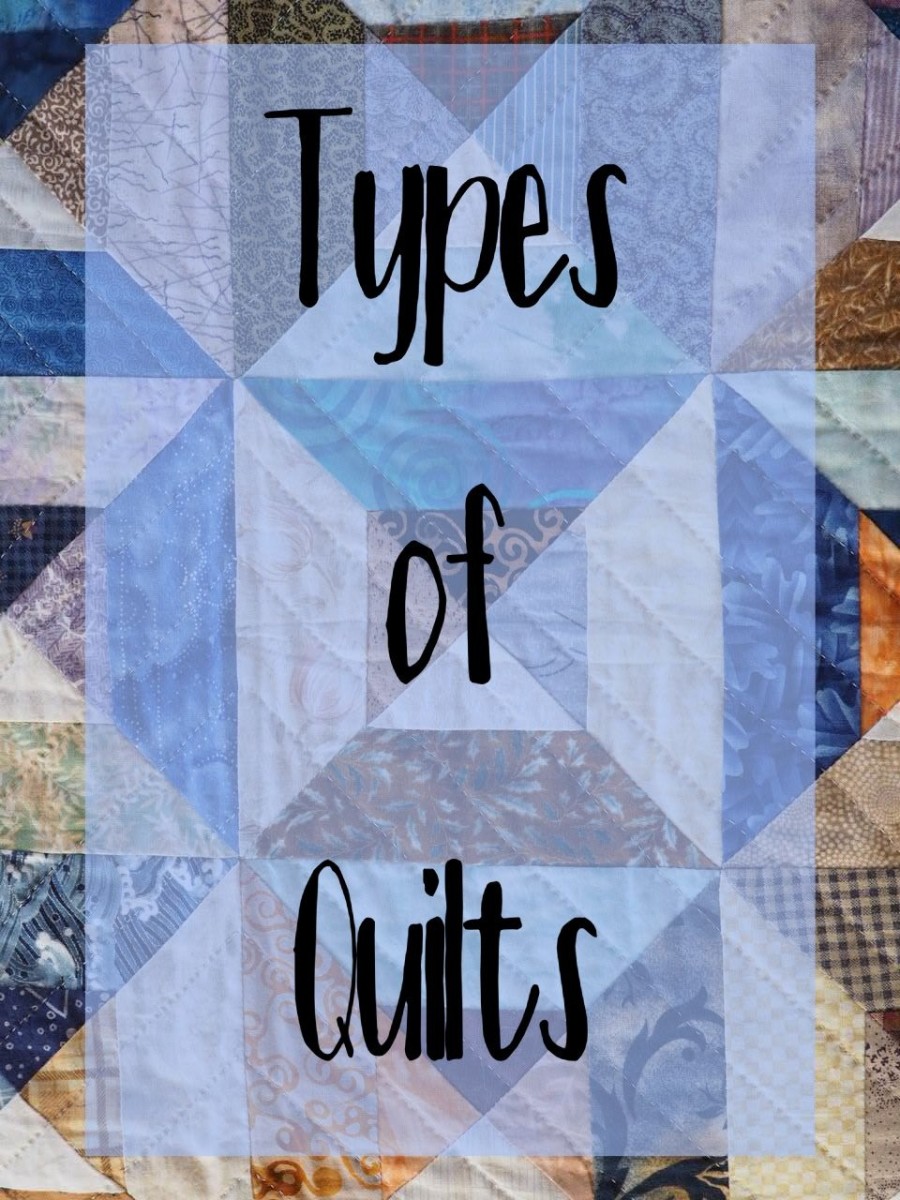
Quilting patterns come in a variety of styles and designs. From traditional designs such as the Log Cabin and the Nine-Patch, to modern patterns such as the Drunkard’s Path and the Rail Fence, there is something for everyone. Some common quilting patterns include:
Log Cabin – A traditional design consisting of interlocking rectangles and squares.
Nine-Patch – A simple, classic quilt pattern made up of nine equal-sized squares.
Rail Fence – A three-dimensional quilt pattern featuring strips of fabric arranged in a zig-zag pattern.
Drunkard’s Path – A pattern featuring curved pieces of fabric arranged in a circular shape.
Pinwheel – A quilt pattern featuring multiple fabric pinwheels arranged in a circular pattern.
Pineapple – A quilt pattern featuring multiple pineapple shapes.
Chevron – A quilt pattern featuring multiple chevron shapes.
Tumbling Blocks – A three-dimensional quilt pattern featuring interlocking blocks.
Mosaic – A quilt pattern featuring multiple fabric squares arranged in a mosaic-like pattern.
Sawtooth – A quilt pattern featuring multiple sawtooth shapes.
No matter which quilting pattern you choose, you’ll be sure to create a beautiful quilt block.
What is a Quilt Square?
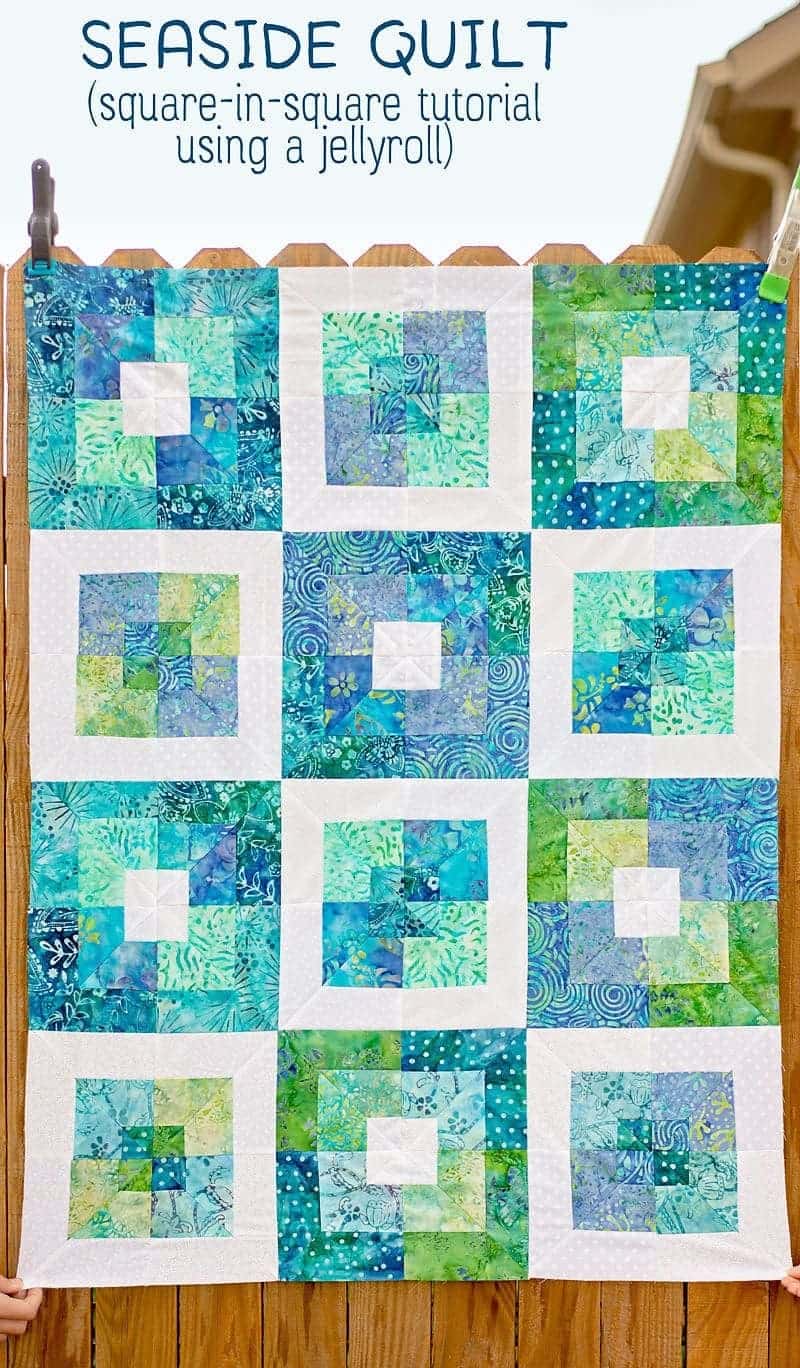
A quilt square is a single piece of fabric that is cut, sewn, and/or embellished to make a quilt block. The quilt block is then pieced together with other blocks to create a quilt.
Types of Quilt Squares:
- Patchwork Squares: These are typically cut from many different fabrics and sewn together to create a unique design.
- Applique Squares: These are cut from one fabric and appliqued to a background fabric, often with embellishments such as buttons and beads.
- Pieced Squares: These are pieced together from several different fabrics, often with intricate patterns.
- Embroidered Squares: These are created by stitching a design on the fabric.
Quilt squares come in a variety of sizes, from small squares to large blocks. They can be used to create a variety of quilt designs, from traditional patchwork quilts to modern designs.
Different Types of Quilt Blocks
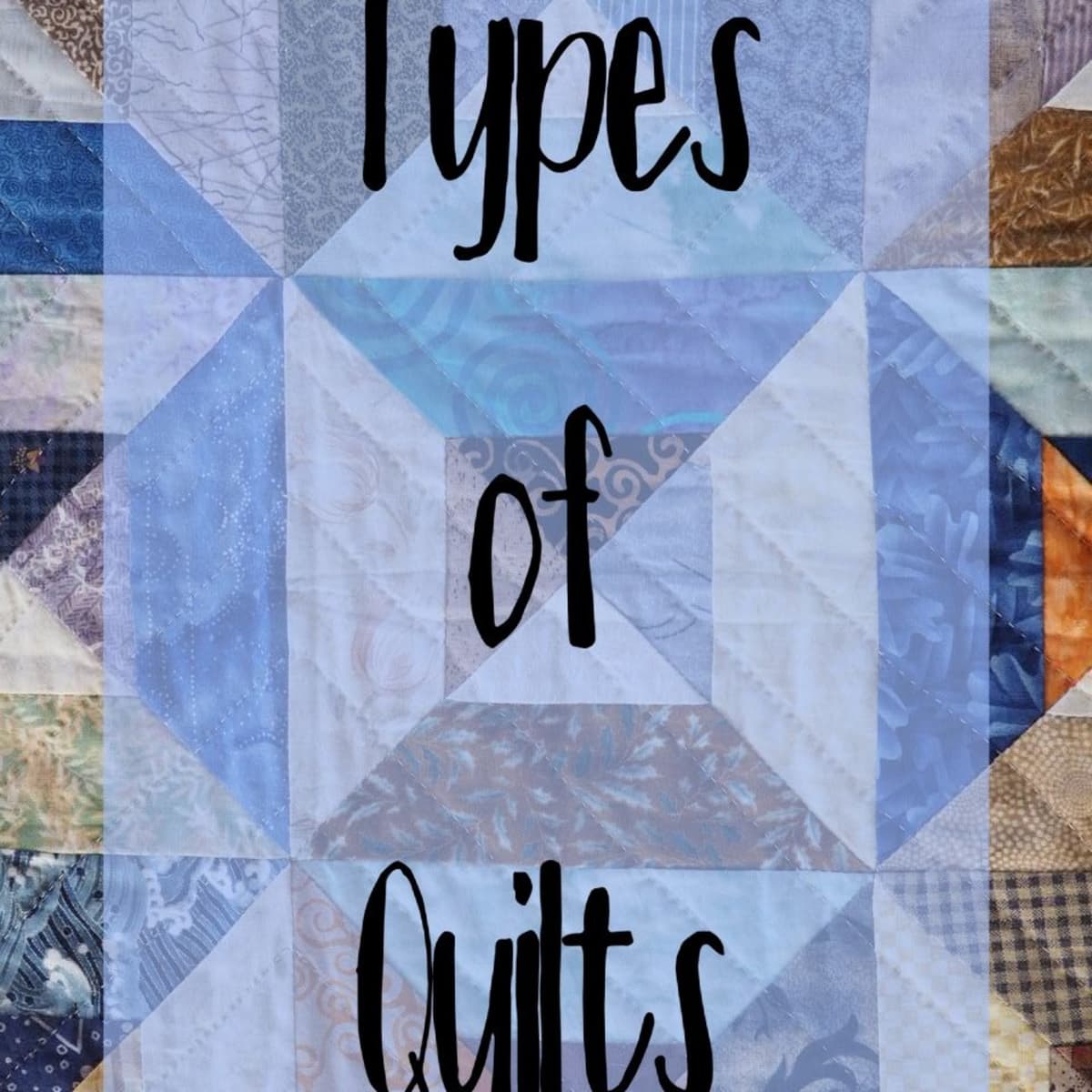
Nine-Patch: The Nine-Patch is one of the most common quilt blocks and consists of nine squares arranged in three rows and three columns. It can be comprised of different fabrics and colors and uses a combination of straight and diagonal seams.
Pinwheel: The Pinwheel quilt block is made from four squares arranged in a pinwheel pattern. This block is made with two sets of light and dark fabrics, and the use of precise piecing allows the block to appear to spin when finished.
Flying Geese: The Flying Geese quilt block is composed of four triangles and one square to create the shape of a flying goose. This classic block can be made from a variety of fabric combinations, and it often appears in quilt patterns as a border or corner.
Square in a Square: The Square in a Square quilt block uses two squares of varying sizes to create a larger square. This block is perfect for highlighting a focal fabric and can be used in a variety of quilt patterns.
Log Cabin: The Log Cabin quilt block is a classic block and is made from strips of fabric that are sewn together to create a log cabin-like pattern. This block can be made with a variety of fabric combinations and can be used to create a variety of quilt patterns.
Rail Fence: The Rail Fence quilt block is made from three strips of fabric that are sewn together to create a classic fence-like pattern. This block can be made with a variety of fabric combinations and can be used to create a variety of quilt patterns.
Churn Dash: The Churn Dash quilt block is a classic block and is made from four squares that are sewn together to create a square-in-a-square pattern. This block can be made with a variety of fabric combinations and can be used to create a variety of quilt patterns.
Brick Wall: The Brick Wall quilt block is made from four squares arranged in a row and two rectangles that are sewn together to create a brick wall-like pattern. This block can be made with a variety of fabric combinations and can be used to create a variety of quilt patterns.
Ohio Star: The Ohio Star quilt block is a classic block and is made from four triangles and one square that are sewn together to create a star-like pattern. This block can be made with a variety of fabric combinations and can be used to create a variety of quilt patterns.
Creating Your Own Quilt Block
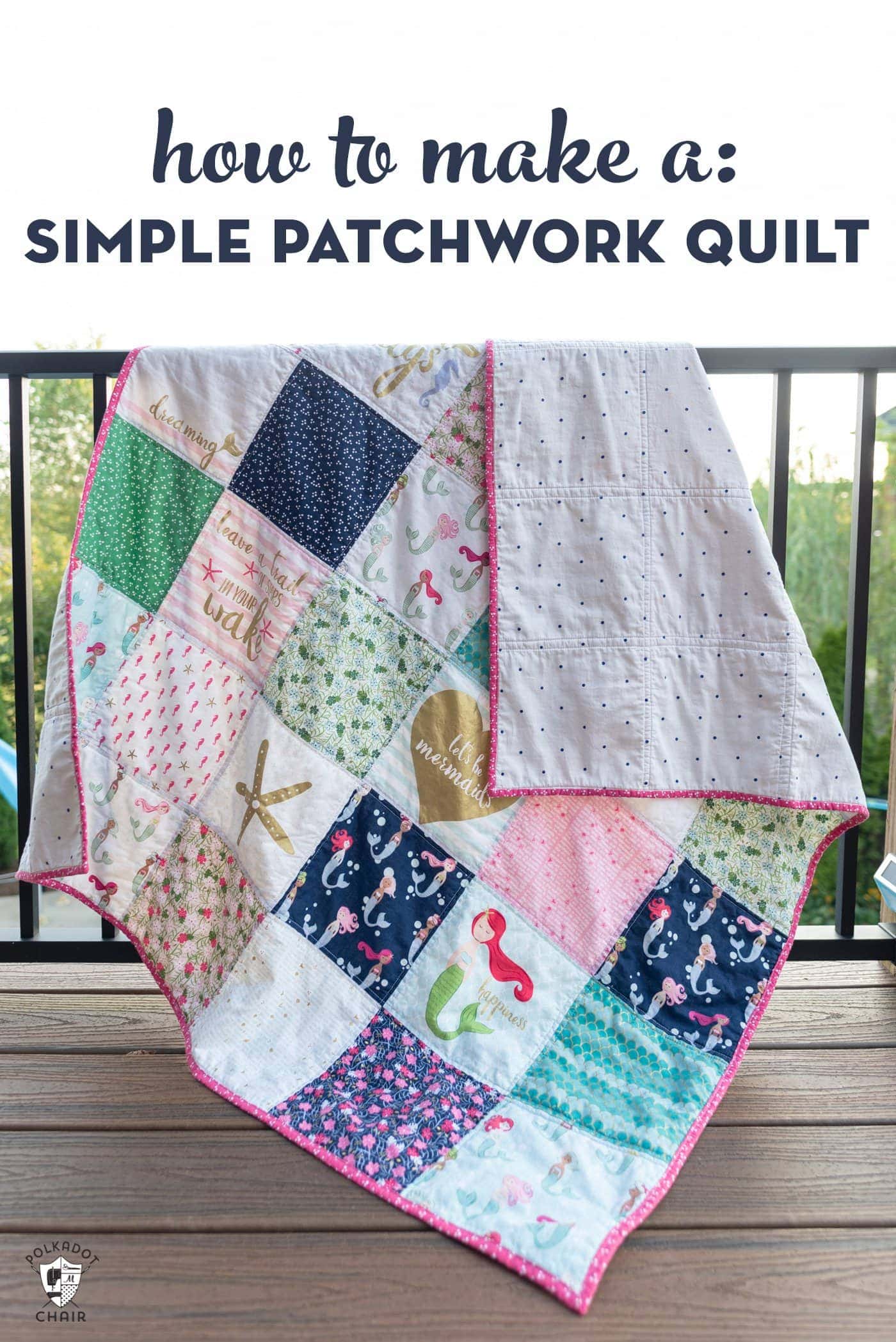
- Design Your Block: Select the size and shape of the block. You can create either a square or a rectangular block.
- Cut the Fabric: Cut out the shapes and sizes you want to include in your block. You may need to cut out more than one piece of fabric for each shape.
- Arrange the Pieces: Arrange the pieces in the design you want. Make sure the pieces fit together correctly and that the colors are placed correctly.
- Sew the Pieces Together: Sew the pieces together using a sewing machine. Make sure to leave enough space between the pieces so that the block can be quilted later.
- Press the Block: Press the block with a hot iron to make sure the seams are flat and the block lies flat.
- Add the Finishing Touches: Add any additional embellishments or quilting stitches to the block to make it unique.
Quilting Techniques
- Piecing: Piecing involves sewing pieces of fabric together to create a quilt block. It is a common quilting technique used to make a variety of quilt blocks, including traditional quilt blocks like the log cabin and nine-patch, as well as more modern blocks like the star and pinwheels.
- Appliqué: Appliqué involves cutting out shapes from fabric and attaching them to the quilt block. This is a more intricate quilting technique, and is often used to create intricate patterns and designs on quilt blocks.
- Embroidery: Embroidery is a quilting technique that involves stitching decorative designs onto the quilt block. This is a great way to add texture and interest to quilt blocks.
- Trapunto: Trapunto is a quilting technique that involves stuffing fabric to create a raised, padded effect. This is a great way to add dimension and texture to quilt blocks.
- Thread Painting: Thread painting is a quilting technique that involves using different colors of thread to add texture and depth to a quilt block. Thread painting is a great way to create a unique quilt block.
A quilt block is a basic unit of a quilt pattern. It is usually a square or rectangle made up of smaller pieces of fabric joined together to create a design. Quilt blocks can be made using a variety of quilting techniques, including piecing, appliqué, embroidery, trapunto, and thread painting. Each of these techniques can be used to create a beautiful and unique quilt block.
Frequently Asked Questions
What materials are used for creating quilt blocks?
Fabric: Quilt blocks are traditionally made from cotton fabric, but synthetic fabrics like polyester and rayon can also be used. The fabric should be lightweight and breathable for comfort.
Batting: The batting is the middle layer of a quilt block which provides warmth and structure. It is usually made from cotton, wool, polyester, or a combination of these materials.
Thread: Quilt blocks are usually stitched together with cotton thread, however polyester thread can also be used. The thread should be strong and durable to ensure the quilt block is well-constructed.
Tools: Essential tools for making quilt blocks include a rotary cutter, a cutting mat, an iron, pins, and a sewing machine. Other tools such as a pattern ruler, a seam ripper, and a pressing ham may also be helpful.
Is there a difference between a quilt block and a regular quilt?
Yes, there is a difference between a quilt block and a regular quilt. A quilt block consists of multiple fabric pieces that are sewn together to create a single block, whereas a regular quilt is composed of multiple blocks that are sewn together to create the overall quilt.
- Quilt Block: A quilt block consists of fabric pieces that are sewn together to create a single block.
- Regular Quilt: A regular quilt is composed of multiple blocks that are sewn together to create the overall quilt.
Quilt blocks can be used to create a variety of quilts such as patchwork, appliqué, and pieced quilts. Quilt blocks are usually square or rectangular, but can be any other shape. Quilt blocks can also be assembled in a variety of patterns to create a unique quilt. Regular quilts, on the other hand, are usually larger in size and can include a variety of quilt blocks, fabrics, and patterns.
What are some common techniques used to construct a quilt block?
- Piecing: Piecing is one of the most popular techniques used to construct a quilt block. Pieces of fabric are cut into different shapes, sewn together, then pressed and trimmed. This technique allows for a great deal of creativity, as the pieces can be arranged and combined in countless ways.
- Applique: Applique is the process of stitching fabric onto a quilt block or quilt top. Applique can be done by either hand or machine, and is often used to add intricate details or to create a picture within the quilt.
- Paper Piecing: Paper piecing is a technique that uses a paper pattern to create a quilt block. The fabric is cut to the shape of the pattern, sewn together and then removed from the paper. This technique is often used for more intricate quilt blocks.
- Foundation Piecing: Foundation piecing is a technique similar to paper piecing, but instead of using a paper pattern, a foundation fabric is used. This can be either a cotton or paper foundation, and the fabric pieces are sewn directly onto the foundation fabric.
- English Paper Piecing: English paper piecing is a hand-sewing technique that uses small fabric pieces and paper templates. The fabric pieces are basted to the paper templates, then sewn together to create the quilt block. This technique is great for making intricate quilt blocks.
What is the purpose of a Quilt Block?
A quilt block is a combination of fabrics or shapes sewn together to create a pattern or design. Its purpose is to be used as the repeating element in a quilt top. The blocks can be used to create a variety of patterns, from traditional to modern, or even abstract. The blocks are often pieced together in various arrangements to create a unique quilt.
Are there any special tools needed to complete a quilt block?
- Rotary Cutter: A rotary cutter is a must-have tool in quilting. It is used to cut fabric into precise shapes and sizes with ease.
- Cutting Mat: A cutting mat is used to protect surfaces and to ensure straight, accurate cuts.
- Ruler: A ruler is needed to measure fabric accurately and to ensure all pieces are the same size.
- Sewing Machine: A sewing machine is used to stitch pieces of fabric together to create a quilt block.
- Iron: An iron is used to press seams and fabric to ensure accuracy and a neat finish.
- Seam Ripper: A seam ripper is a tool used to remove stitches if a mistake is made.
Quilters may also find additional tools such as a quilting hoop, thread snips, or marker pens helpful.
Conclusion
Quilting is an enjoyable and creative activity that can produce one-of-a-kind works of art. Quilt blocks are basic shapes that are used to create a quilt design. Quilters can mix and match blocks to create a variety of quilt patterns that can be tailored to the quilter’s own style. With the right supplies, patience, and practice, anyone can unlock the magic of quilting and create something truly unique and special.
